1. In May, commemorating President Ho Chi Minh's birthday, reading books about his life and career is also one of the ways to respond to studying and following Ho Chi Minh's ideology, morality and style. "Journey in Uncle Ho's Footsteps", a collection of memoirs by journalist and screenwriter Tran Duc Tuan, is one of the books that readers can look for.
“The journey in Uncle Ho’s footsteps” is a series of memoirs about the trips of the film crew “Ho Chi Minh – a journey” following Uncle Ho’s old footsteps on the path of revolutionary activities, from June 5, 1911 at Saigon Port to January 28, 1941 at milestone 108 in Cao Bang . The film crew’s journey was organized in 2008, the trip lasted 82 days. The crew visited several localities in the country, 16 countries and territories on four continents: Europe, Asia, America, Africa (out of over 30 countries and regions that Uncle Ho had visited).

The author of the book is screenwriter and documentary film commentator Tran Duc Tuan, who used to be Deputy Editor-in-Chief of Ho Chi Minh City Television. The book was published by Tre Publishing House in association with Ho Chi Minh City Television Film Studio (TFS) in the second quarter of 2011.
2. In addition to the Preface and Conclusion, the book consists of 14 chapters. Chapter 1: From Kim Lien to Saigon Port. Chapter 2: The journey begins. From Chapter 3 to Chapter 11: Journey in America, England, France; to the East; Return to Europe; Continuing the Eastern Journey; The Hong Kong Case; Return to the Soviet Union and China. Chapters 12 to Chapter 14: Preparing for the return; After the great journey; Prisoners, poets and the paths of suffering.
In addition to the content, the book has 105 photos, from portraits of Uncle Ho at different times, landscapes where Uncle Ho had been, characters who had relationships in his life, objects that marked his memories. In addition, there are 15 maps, recording the journeys.
Tre Publishing House and Ho Chi Minh City Television Film Studio (TFS) presented in the Foreword of the book: “Putting our footprints on the old footprints, we want to try to imagine the context and circumstances of Uncle Ho nearly a century ago, thereby expressing our feelings before this great man and this strange journey”. The author of the book many times felt nostalgic, endlessly thinking about Uncle Ho's feelings and thoughts before the scenes, people, activities, and situations that Uncle Ho experienced over the long thirty years.
3. Author Tran Duc Tuan devoted 5 pages to writing about the period when teacher Nguyen Tat Thanh stopped and taught at Duc Thanh School, Phan Thiet, before he left to find a way to save the country. Chapter 1 of the memoir has a passage: "Duc Thanh School has now become the President Ho Chi Minh Relic Site, located on the banks of the Ca Ty River, with a very beautiful location, and has been restored to become a famous historical relic site of Binh Thuan province because it is closely associated with Uncle Ho's youth". The author of the book gave lines of praise for the restoration work and the aesthetic value that the work brings: "We have traveled almost all over the country, to places with relics of Uncle Ho's life and activities. Every place is very well preserved and restored. Duc Thanh School alone has left the deepest impression with the restoration work and the aesthetic values it creates".
4. The successive chapters of the book record the journeys of the film crew following Uncle Ho's old footsteps. In Chapter 2: The Journey Begins, the author recorded his thoughts and feelings when he was at Nha Rong Port on April 24, 2008, in front of the documents in the exhibition room. He was interested in the schedule of the Latouche Tréville ship from Saigon to Dunkerque via Singapore, Colombo, Port Said, Marseille, Le Havre.
The author wrote: “The African journey contributed significantly to the cognitive and spiritual maturity of the young revolutionary.” In the chapter “Journey in America,” the author recorded the opinion of the patriotic young man Nguyen Tat Thanh when visiting the Statue of Liberty in New York.
In Chapter 5 “On French soil”, the book has the following comments: “Nguyen Tat Thanh – Nguyen Ai Quoc lived here – Paris – from 1917 to 1923. This time was extremely important for the process of ideological maturity, especially in terms of political vision”.
Screenwriter Tran Duc Tuan had a perspective on Nguyen Ai Quoc's acceptance of new things when he read Lenin's Theses on national and colonial issues: "He found great ideological values of the French Revolution of 1789, of the American Revolution of 1776, and found scientific values in the thoughts of Karl Marx, but only when he came into contact with Lenin's thoughts and the achievements of the October Revolution did his path to save the country turn strongly toward feasible measures."
After 12 years of living and working in the West, he left France in June 1923. “On June 30, 1923, he arrived in Petrograd (Saint Petersburg) (Soviet Union). He studied, researched, participated in political and social activities, wrote books, wrote for newspapers, contacted Paris and the country, solved many tasks of the Communist International, and many other tasks.”
Leaving the Soviet Union around September 1924, he arrived in Guangzhou, China on November 11, 1924. The main purpose of his trip was to build the proletarian revolutionary movement in Vietnam, first of all to promote preparations for the establishment of a proletarian political party of the Vietnamese working class. He then went to Thailand to have stronger conditions to work for the revolution in his homeland. Then from Thailand, he went to China to convene a conference to unify Vietnamese communist organizations into a single political party. The conference took place in Kowloon Peninsula, Hong Kong, from February 3 to February 7, 1930. The conference agreed to unify the Party, taking the name of the Communist Party of Vietnam.
Reading “The Journey in Uncle Ho’s Footsteps”, readers will have very detailed information about how lawyer Loseby, President of the Hong Kong Bar Association, a secret member of the Red International, intervened in time to prevent the French from negotiating with the British government to extradite Nguyen Ai Quoc (arrested in Hong Kong on June 6, 1931) to Indochina, to serve the death sentence that had been declared in absentia in 1929. Lawyer Loseby intervened in time to force them to bring him to the Hong Kong Court for trial, causing the French plot to fail. “In July 1932, the Privy Council of the British Court decided to acquit Tong Van So (ie Nguyen Ai Quoc)”. “The battle of wits and reasoning between the repressive apparatus and those fighting for justice and righteousness took place fiercely and fiercely with the utmost efforts of both sides, in which Mr. Loseby's role was extremely important. He broke many arguments and stopped many sinister plots to protect his honorable client.”
Along with many other contents, related to other lands that Uncle Ho visited, revolutionary activities, time abroad before returning to lead the revolutionary movement in the country.
5. The real feelings are expressed in a simple yet smooth and poetic writing style, interwoven with the author's nostalgic mood when imagining Uncle Ho nearly 100 years ago, leaving a full range of emotions, creating a strong impression in the reader's heart.
The author would like to quote a part of the words of author Tran Duc Tuan about beloved President Ho Chi Minh instead of the conclusion of the article: “He is not only a saint of charity but also a genius commander who can overthrow tyrants. The reason is very simple because he is the embodiment of his nation, a peaceful and indomitable nation, from the past until now only knows how to worship a single way of life: independence, freedom, equality and charity…”.
Source


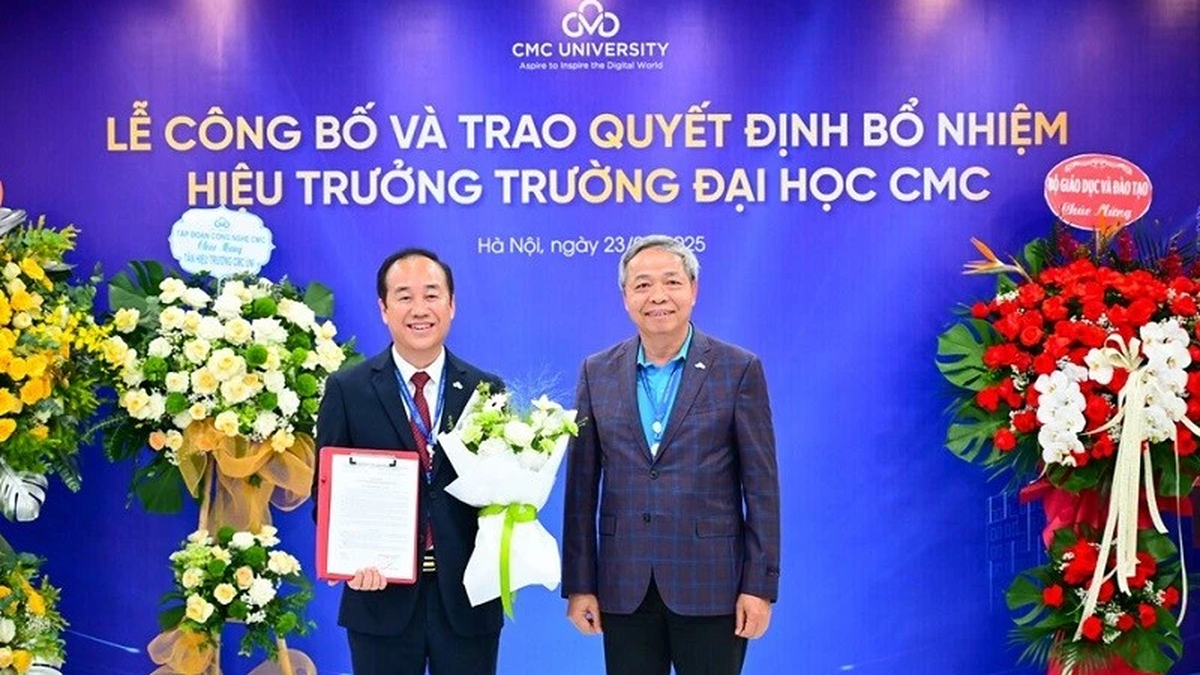

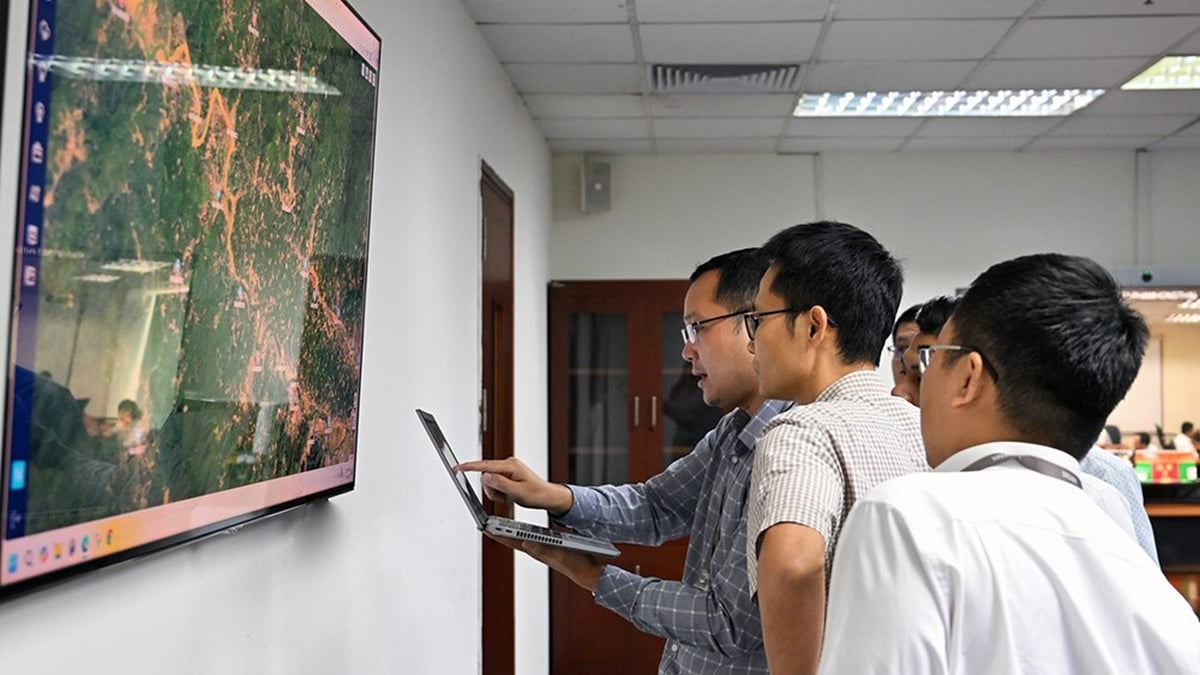



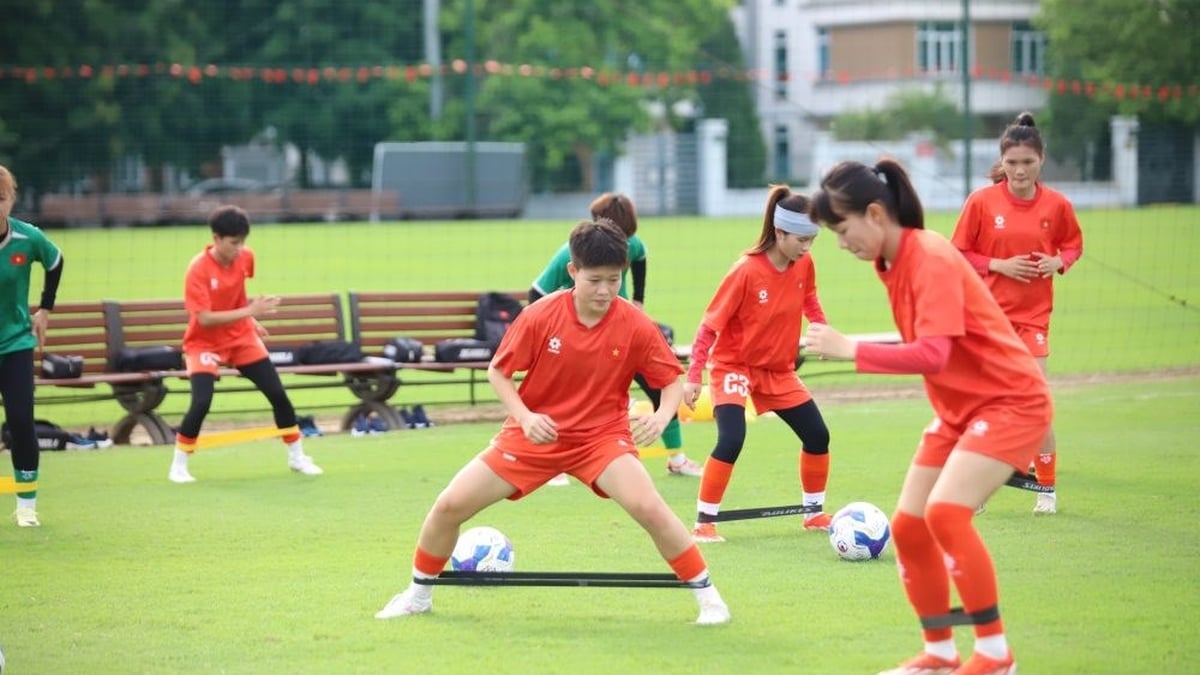
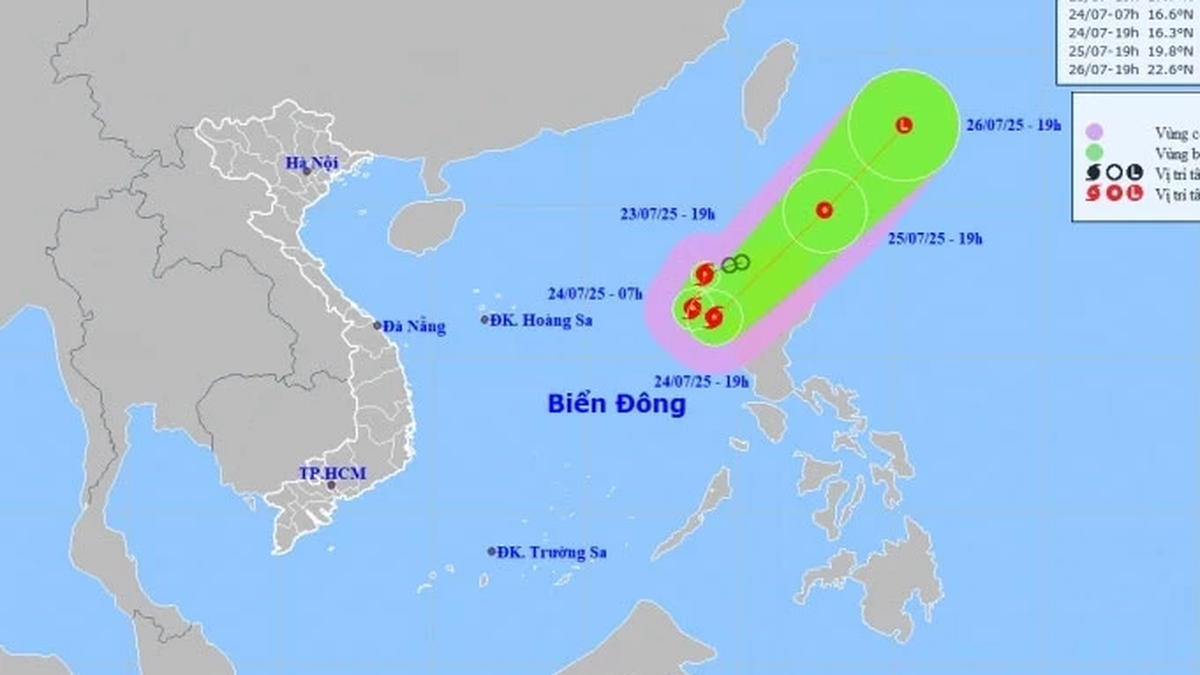

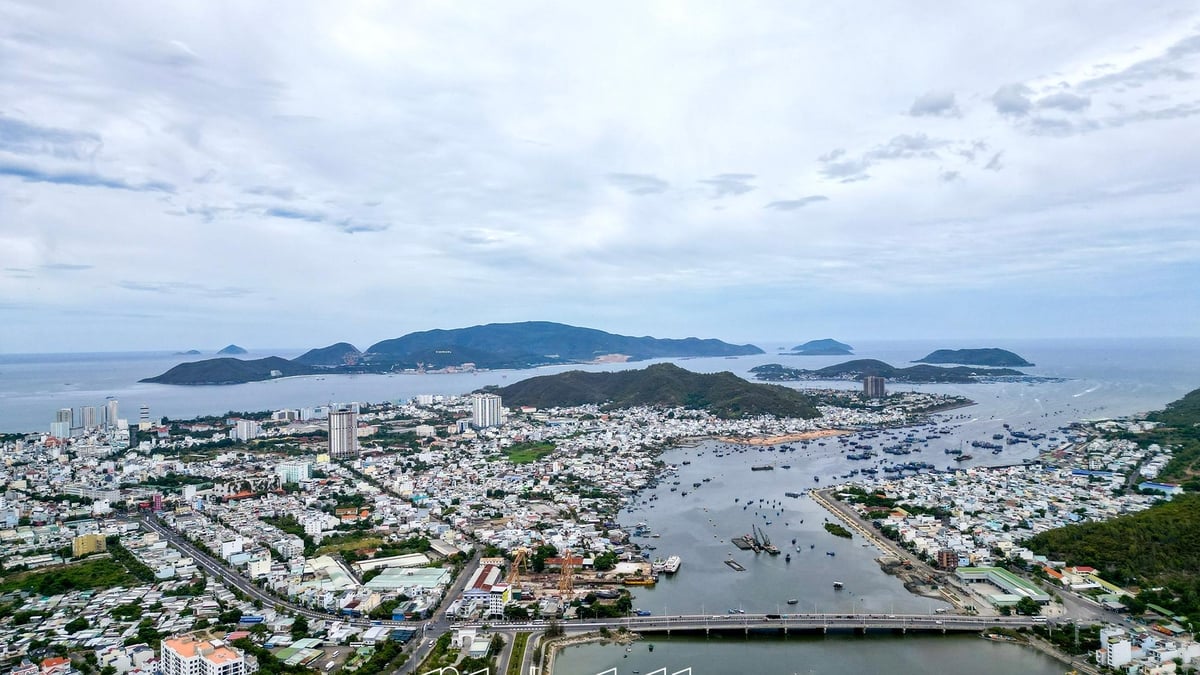










![[Infographic] Vietnam-Senegal traditional friendship](https://vphoto.vietnam.vn/thumb/1200x675/vietnam/resource/IMAGE/2025/7/23/4c96a604979345adb452af1d439d457b)









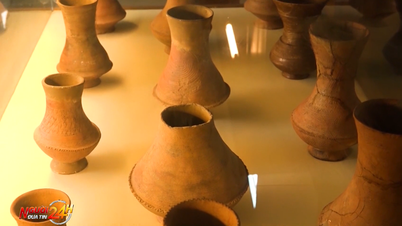

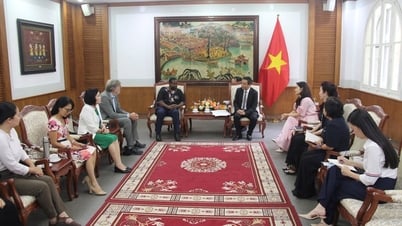

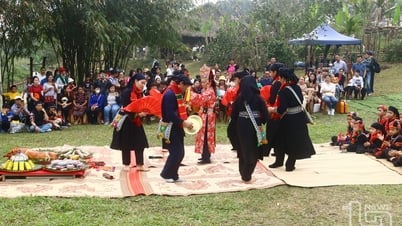


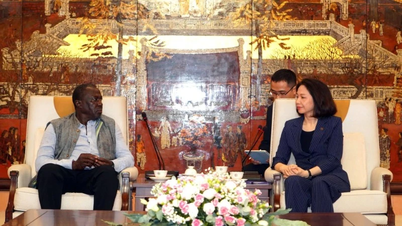














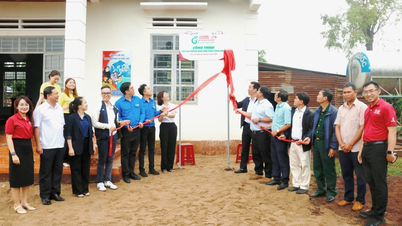


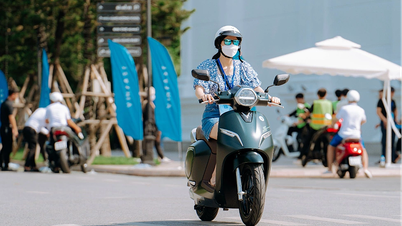




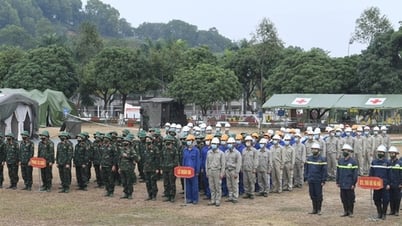

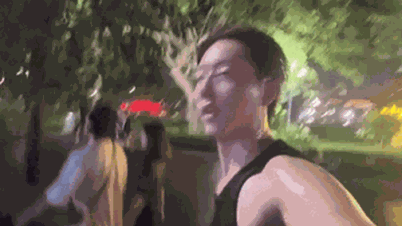



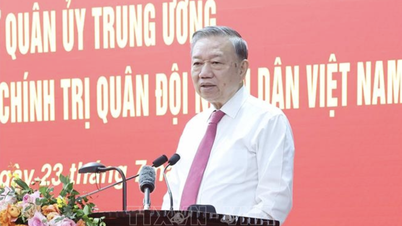

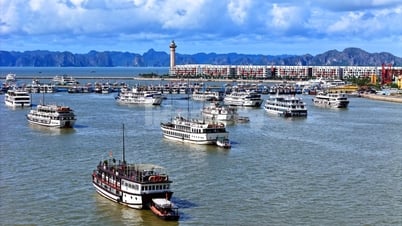



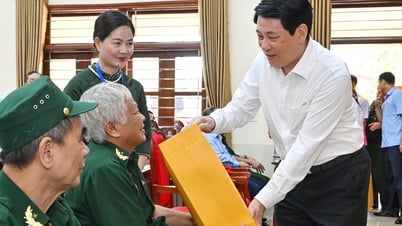

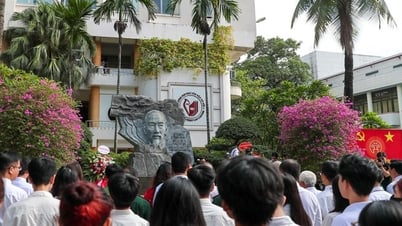


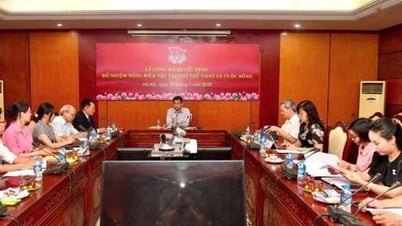
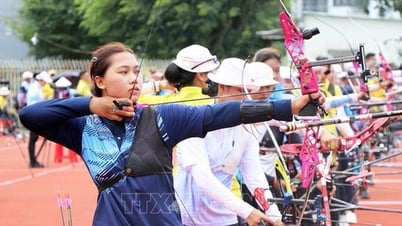
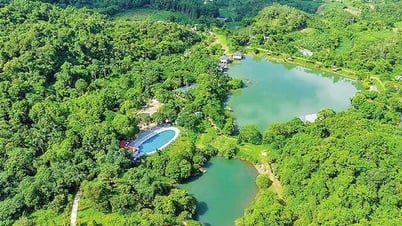







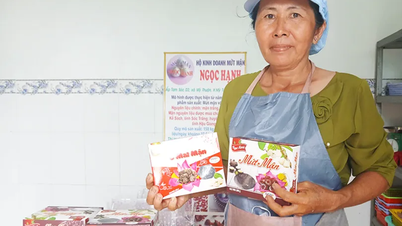





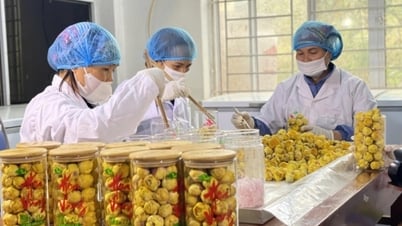

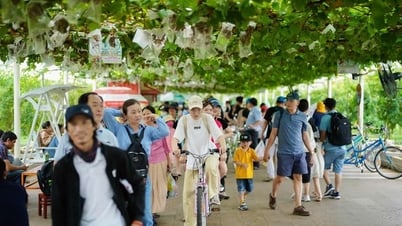







Comment (0)